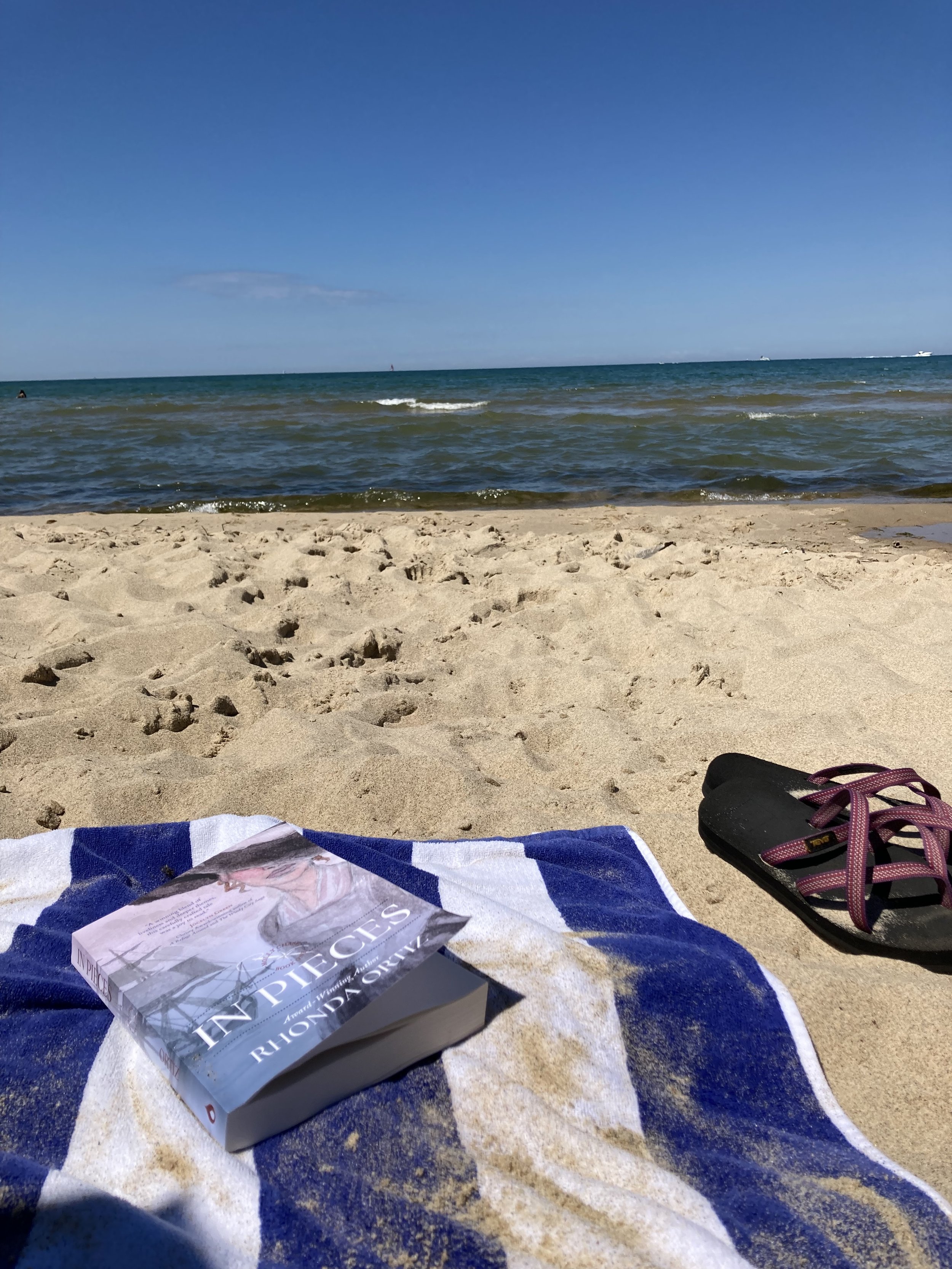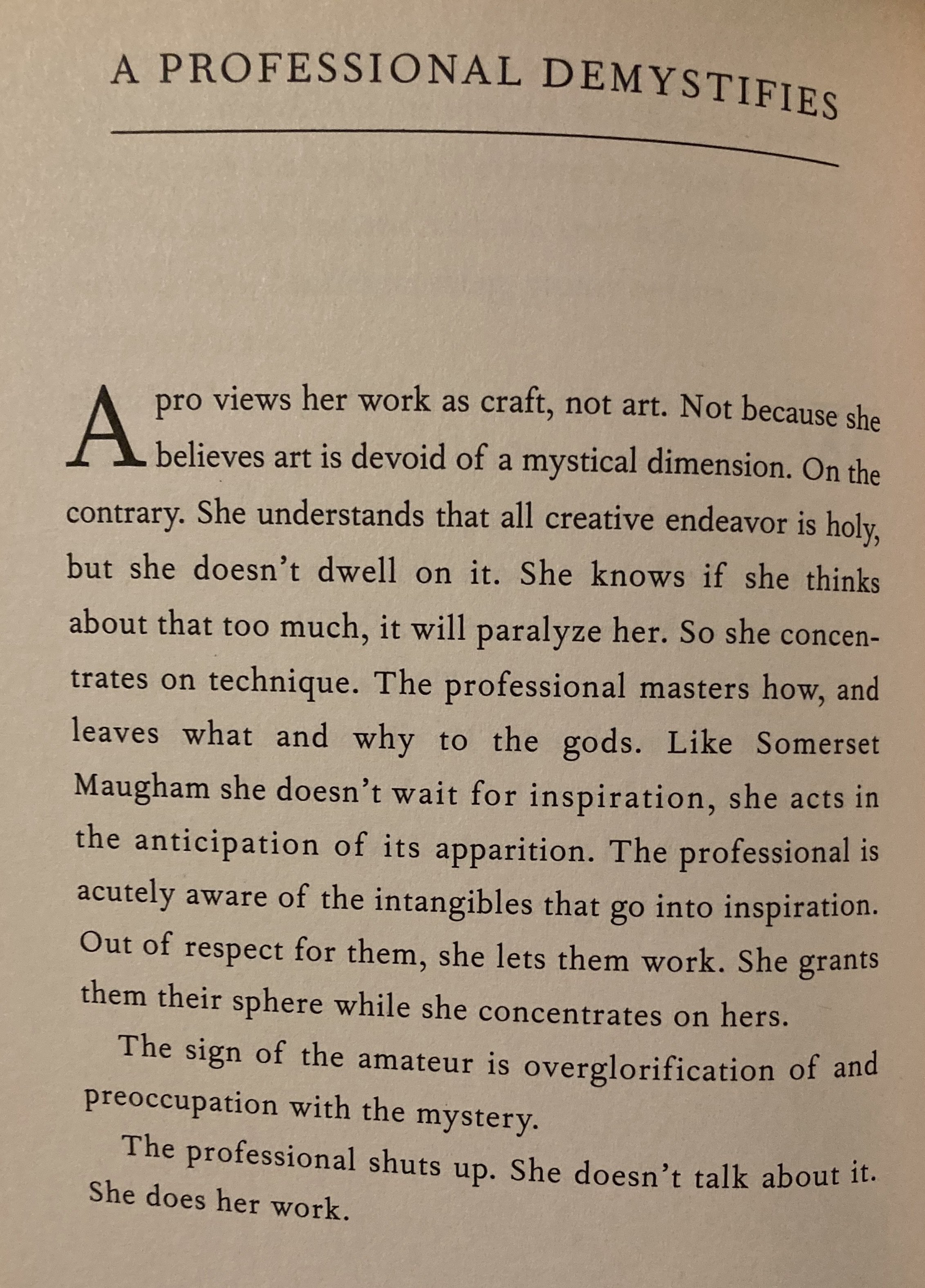Hack #4: Use Irony
Speaking of Molly the Town Beauty…
Originally, I did not envision Molly as the town beauty; it developed as I developed the society drama story line. This necessitated I add more physical description. Question was, how?
Josiah states it as a simple fact in the narrative quoted above, and so quickly that we would miss it, had we depended solely on his viewpoint. We cannot look to Josiah alone for a full physical description of Molly. His attraction is healthy male attraction, but he knows her too well to treat her cheaply. Any lust he might experience is checked by the dynamics of a lifelong friendship.
Not so for his friends. From Chapter 10:
Josiah shook off all lingering thoughts of business. “Now we’re talking about Molly?”
“The Reclusive Beauty. Who else?” Findley smirked. “Pretty little brunette with big eyes, long lashes, and a host of other first-rate qualities I won’t name because she’s a lady and it’s Sunday and I’m standing in the churchyard. Our own Helen of Troy, ‘the face that launched a thousand ships.’ She’s living in your house. Remember?”
Yes, they were talking about Molly.
“Slender and curvy at the same time.” Peterson’s eyes glazed over wistfully. “A rare achievement.”
Did he know he was speaking aloud?
If Josiah were to say, “Slender and curvy at the same time,” the reader would gag and throw the book across the room, and I would have a thousand nasty emails in my inbox, complaining of misogyny. But bring in a couple of dude friends and suddenly we’re allowed to say exactly that. Mark Findley’s facetiousness and George Peterson’s bald-faced comments give the reader a darn good idea of what men think of Molly. And Josiah’s reaction proves that, childhood friend or not, he isn’t blind.
But the comic relief wasn’t for its own sake. Findley and Peterson’s oh-so-helpful descriptive language advances the plot. Molly isn’t “merely” pretty. She’s a hottie. She’s a curvy girl. Men like to look at her, whether or not she invites it (she doesn’t). Therefore, women are jealous. Cue the drama. Without this description, In Pieces would have failed as a story.
Hack #5: When All Else Fails…
…do the work.
From Chapter 15:
Molly sat on the front parlor windowsill, wearing her charcoal-gray redingote gown, holding her hat and gloves on her lap, waiting for Josiah.
The morning sun filtered through the window glass, refracting into short waves of gold light on the worn, waxed floorboards. A similar pattern of light used to appear on the wall of her bedroom, at the same hour of the day. As a child she would lie in bed, mesmerized by the sunlight’s color and translucence, staring at it for what could have been minutes but felt like an eternity. She remembered wanting to capture the light and make it permanent, so that she could look on it whenever she wanted. An impossible wish. The sun always moved and the pattern would fade away.
One day she had been staring at the sunbeams when Papa entered her room and told her they were going for a drive. He said he wanted a change of scenery and thought she would enjoy a picnic. She was seven and picnicking with her father was nothing short of heaven.
They drove a few miles out of town—the Redcoats were no longer in Boston—and found a grove of trees next to a pond. They ate while Papa listened to her prattle, and then they walked alongside the pond, he pointing out tadpoles, minnows, and plants. He had brought a newspaper with him, but instead of reading it, he took a sheet and folded it into a boat. Together they set it afloat on the pond and watched as the breeze pushed it slowly across the surface.
As was inevitable, the paper boat took on water and sank. Molly had not expected that. She remembered how wet her cheeks were from her tears. Papa did not scold her for crying. He simply took another sheet of paper, folded a second boat, and handed it to her to keep. Her tears dried. She felt so safe beside him, that her father could do anything.
They packed up their picnic lunch and drove back to Boston, she clutching her boat, he sitting tall and strong as he drove.
Years later Molly learned that had been the day her mother lost yet another child, a son. The signs began early in the morning and Papa, frustrated at being unable to help the physician and midwives, fled the house, taking Molly with him. After that, there were no more babies. Mama wouldn’t survive another one. There also were no more picnics. Papa buried himself in his work.
Later that year the Robbs moved in. Papa took immediately to Josiah—drove him places, let him follow him around while he worked, laughed at his jests, and spoke to him of Captain Robb. Everyone liked Josiah. Everyone except Molly. She wanted to spend time with Papa as well, but all his attention now went to Josiah—to his education, to teaching him business and horsemanship, and to all the other things fathers did for sons but not for daughters. A few years passed before Molly could accept that boys were special, that fathers were tasked with making sure boys grew into successful men themselves, and that Josiah’s being a boy without a father of his own was not his fault. Once she had figured that out, she decided she could like Josiah—most of the time.
As a grown woman, she knew their family situation was more nuanced than that. Still, Papa always listened to Josiah. Never her. She couldn’t help wondering if, had Josiah been home, Papa would not have taken his own life.
A shadow passed behind her, obscuring the waves of sunlight. Molly turned and looked out the window. Josiah had arrived with the wagon.
I’m not a poet, and I’m certainly no Flaubert or Fitzgerald. But I can try.
To circle back around to my friend’s question: how important is it to describe characters physically in order for the reader to know them? How much description should we aim for?
Description serves a purpose; it has its rightful and necessary place. What and how much is ultimately each author’s judgment call, in consultation with his editor, and with regards the demands of the particular story.









